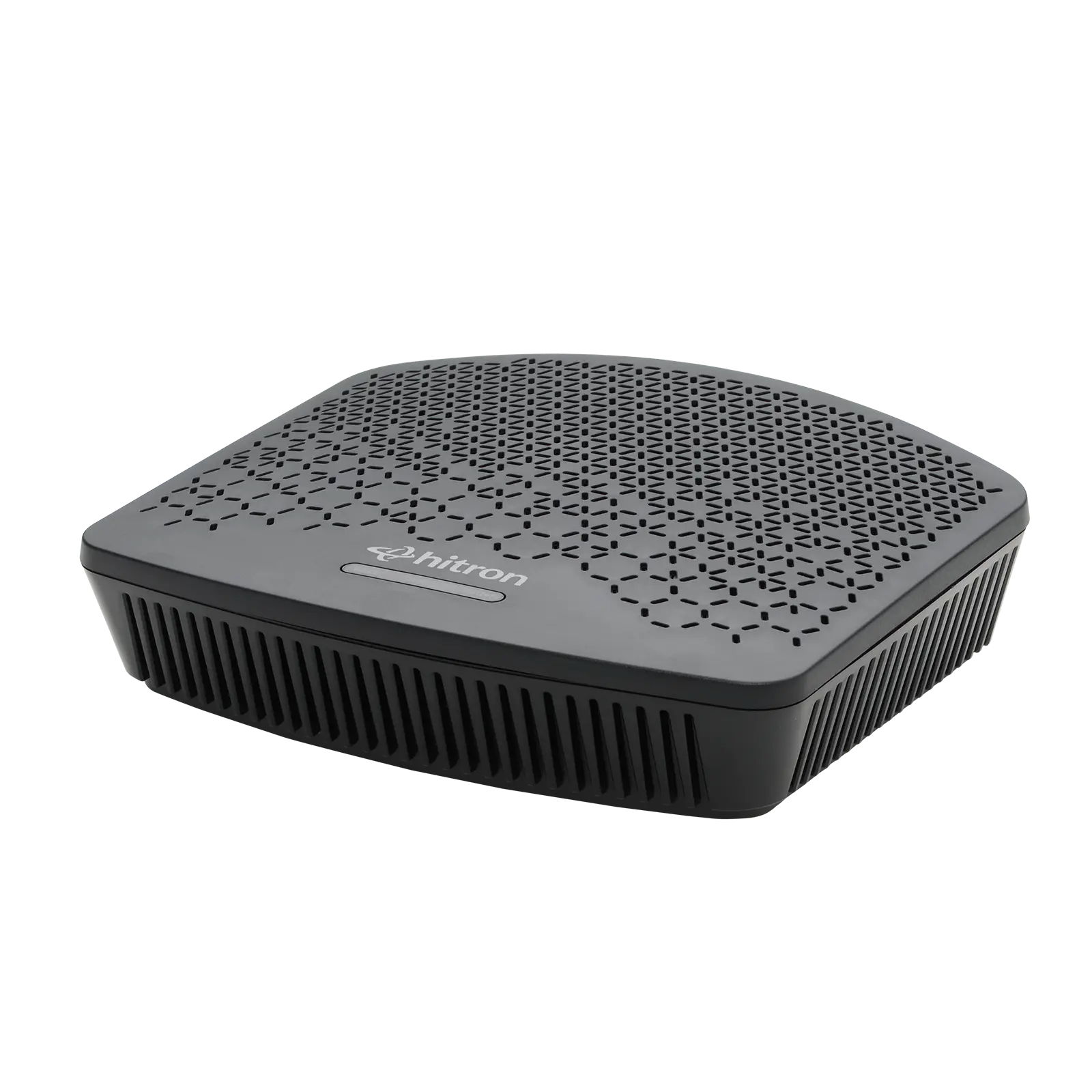Multi-Gig Fiber Broadband
Equipped with a 10G XGS-PON interface, the NOVA2313 delivers true multi-gig fiber performance with one 10 GbE uplink and three Gigabit Ethernet ports.
Integrated Routing
Built-in NAT, firewall, QoS, and IPv4/IPv6 routing remove the need for a separate router, lowering CPE costs and streamlining deployments.
Advanced QoS & Security
Supports VLAN tagging, ACLs, DSCP/802.1p, and stateful firewall with intrusion detection and content filtering.
Carrier-Grade Management
Compatible with TR-069, TR-369, IEEE 802.3ah OAM, and OMCI, offering operators extensive remote configuration and diagnostics.
Benefits for Service Providers
- Simplifies deployments by combining ONU and router in one platform.
- Reduces truck rolls with full remote management and monitoring.
- Supports residential and business subscribers with scalable, multi-gig connectivity.
- Provides enterprise-class features including QoS, ACLs, IPTV support, and secure routing.
Key Specifications
- PON Interface: ITU-T G.987.2 XG-PON, ITU-T G.9807.1 XGS-PON
- Ethernet Ports: 1× 10GbE (1/2.5/5/10G) + 3× Gigabit Ethernet
- Routing: IPv4/IPv6, NAT, QoS, firewall, port forwarding, DHCP, VPN passthrough
- Advanced Features: VLAN tagging, QinQ, jumbo frame support (12 KB), IPTV support (IGMPv3)
- Management: TR-069, TR-369, TR-143, TR-181, IEEE 802.3ah OAM, OMCI (G.988)
- Design: Compact ONU gateway with LED indicators and fanless design
Documentation
PON Gateways
Access Technology
Data Range
Built-in WiFi
10G Ethernet Interfaces: (1G/2.5G/5G/10G)
Voice
---
Learn more about Fiber Optics, ONTs and ONUs
Fiber Optic Internet – A Complete Guide
This Fiber optic Internet guide will give you high-level information about everything you need to know about Fiber. It should help you understand essential information about how to make your WiFi better and how fiber fits into that. In this article, we will cover:...
5 Key Advantages of PON Internet
PON stands for passive optical network. It is a type of fiber-optic network. A PON Internet (shared fiber) system operates on an unpowered network (passive) meaning that it does not require any active components. Instead, it only uses fiber and passive components like...
Does FIOS use Ethernet or coax?
Short answer, FiOS users fiber-optic cables to reach your home. A passive optical network (PON) can bridge to a devices on the customer premises within the individual terminating unit using technologies such as Ethernet or coaxial cables. In other words, the devices...
What is the Difference Between EPON and GPON?
What You’ll Learn If you're comparing EPON and GPON, you’re likely working with or exploring fiber-based Internet networks. This article breaks down the difference between the two technologies, how they work, and what matters most for ISPs and end-users. And if you're...
What is GPON and How Does it Work?
Optical fiber networks operate on different passive optical network (PON) standards. A PON is a network system specific to fiber technology that delivers broadband network access to your home or business. One of many PON standards is GPON. GPON stands for Gigabit...
